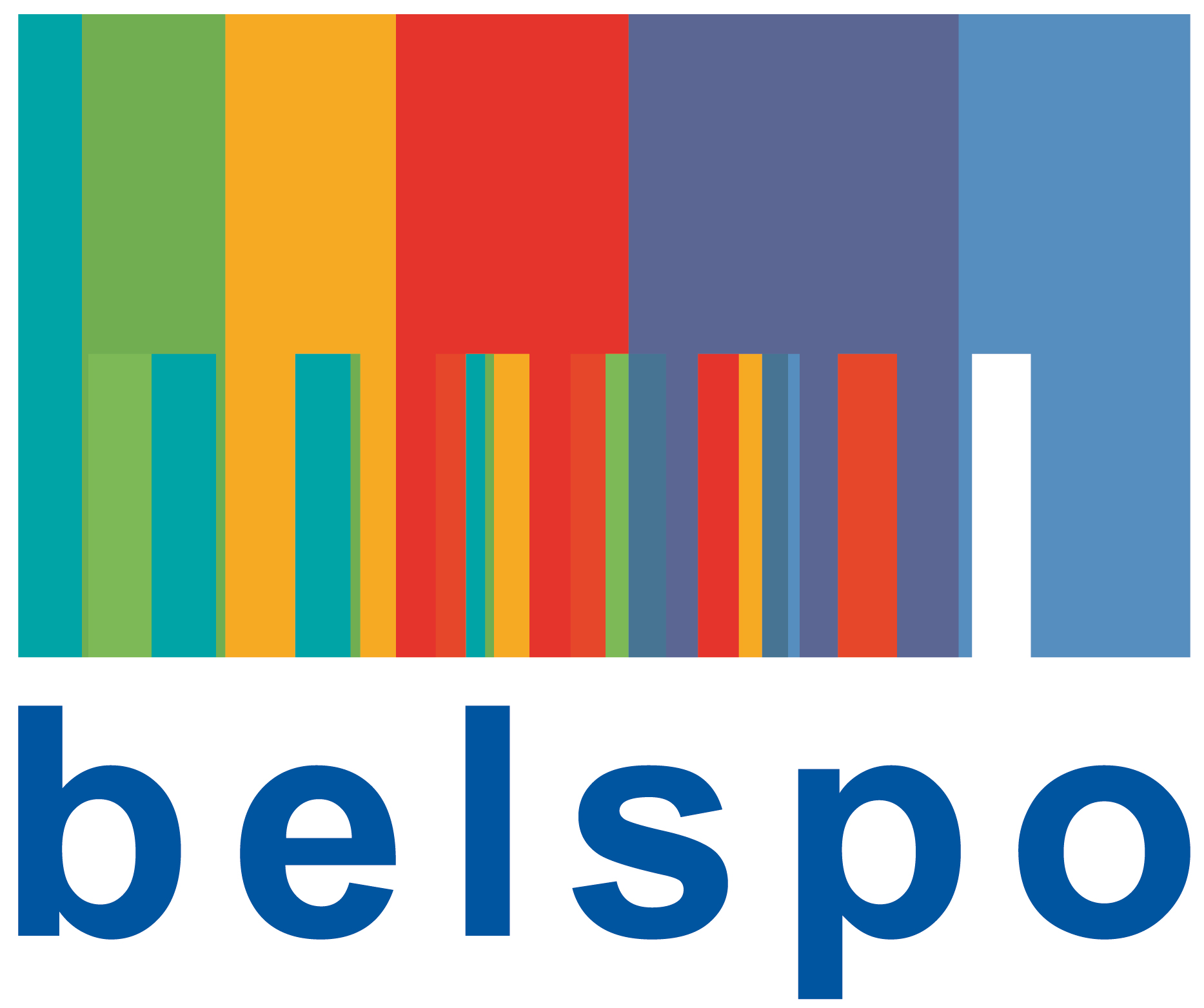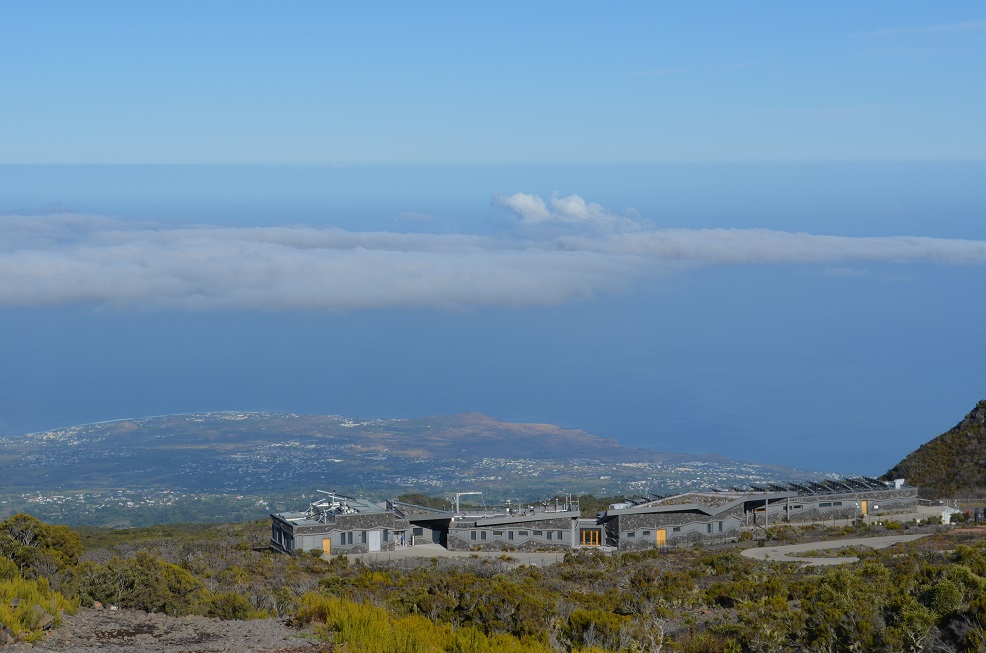The ICOS-BE research and development project is well positioned in the Belgian ICOS network. As depicted in Fig. 1: it includes all ICOS components (atmosphere, ocean and ecosystem) and major sites of the network.
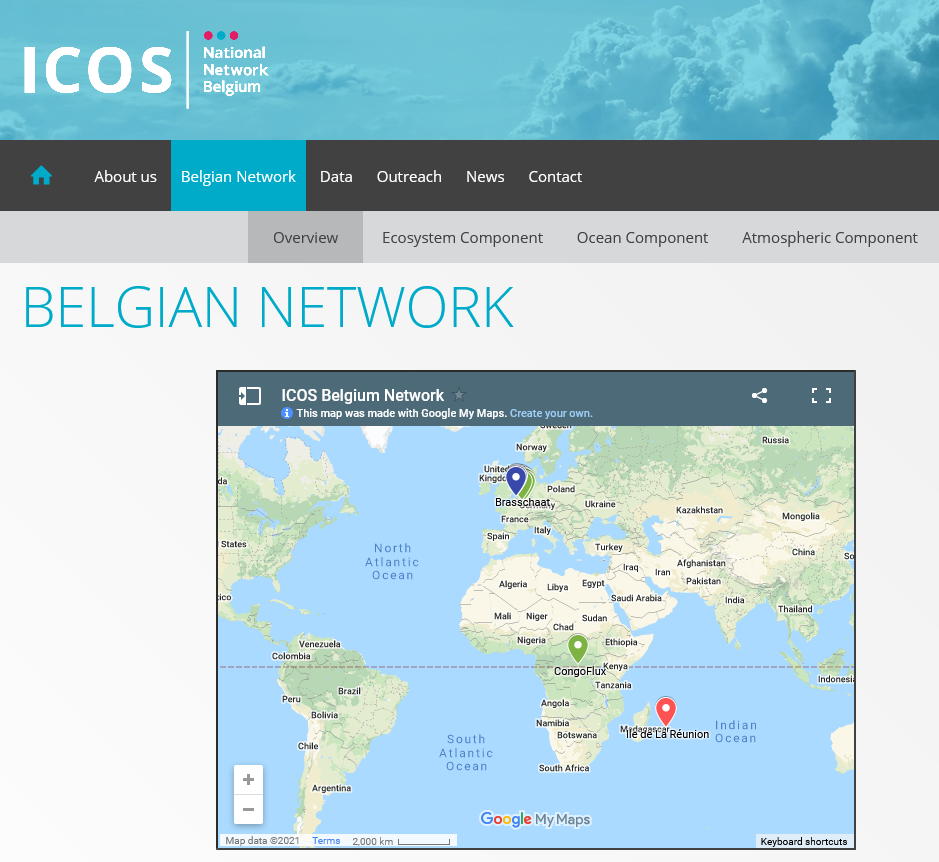
Fig. 1: Belgian ICOS Network
General aim of the project:
Atmospheric component:
The atmospheric station of Ile de La Réunion is an unique observatory in the Indian Ocean for performing background measurements of greenhouse gases. The station has been awarded the class 2 label in November 2019. It is a Belgian-French ICOS station that is operated in a close cooperation between BIRA-IASB on the Belgian side, and Centre National de la Recherche Scientifique (CNRS), Université de La Réunion (UR), Commissariat à l’énergie atomique et aux énergies alternatives (CEA) et Université de Versailles Saint-Quentin-en-Yvelines (UVSQ) on the French side according to a MOU signed by all Parties in July 2018. The ICOS-related activities include the required in-situ ICOS measurements of atmospheric concentrations of the target greenhouse gases (GHG) carbon dioxide (CO2), methane (CH4) and carbon monoxide (CO) near the surface, as well as complementary remote sensing observations of total column abundances of these GHG plus water vapour (H2O), semi-heavywater (HDO), hydrogen fluoride (HF) and nitrous oxide (N2O) compliant with the TCCON requirements. This project aims at supporting the maintenance of both measurement system infrastructures, and continuation of the operations and resulting data analysis, quality control and dissemination in compliance with ICOS and TCCON requirements.
For further information about the measurement sites and details of the instrumentation please visit https://www.icos-belgium.be/ASIleReunion.php#Reunion and https://meta.icos-cp.eu/resources/stations/AS_RUN
Fig. 2: View of the research center with ICOS atmospheric station located at Maïdo and looking over the city of Saint Paul in Ile de La Réunion.

Fig. 3: View from the Piton Maïdo overlooking the Cirque de Matafe in Ile de La Réunion.

Fig. 4: [Left] View of the inlets and meteorological station for the ICOS atmospheric station on the roof of the Maïdo observatory. [Center] Zoom of the inlets. [Right] PICARRO in the lab measuring the local concentration of CO2, CH4 and CO at the site.
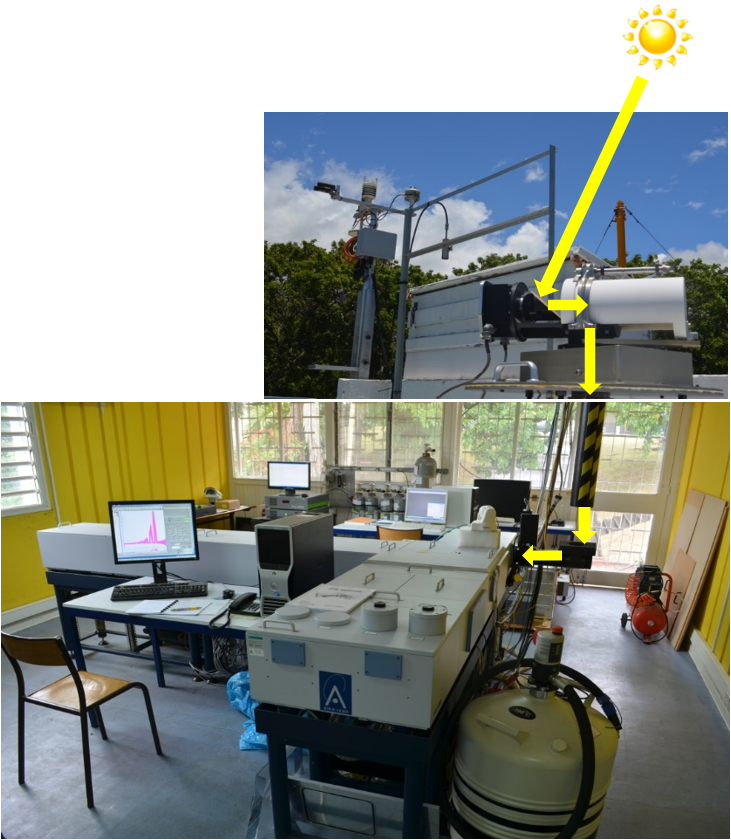
Fig. 5: A Bruker IFS 125HR (bottom), solar tracker and meteorological station (top) with light path shown from the sun reaching to the entrance port of the spectrometer at the St. Denis measurement station in Ile de La Réunion.
Oceanic component:
The aims of this project are to fully exploit the improved Autonomous Underway Measurement System (AUMS) on board of the new RV Belgica, one of the few sea-going observation stations of Belgium, and the only one spanning a range beyond the Belgian Part of the North Sea (BPNS), and to achieve optimal valorisation of the system, widening the range of data provided and making sure they are distributed amongst the different interested parties working in the field of marine biology, primary production, modelling and remote sensing. This will allow having an ICOS labelled system operating with a minimum of downtime, to maximise the quality of produced analytical data through close collaboration with the laboratory of ECOCHEM, to supply surface seawater measurements for the whole working range of the new RV Belgica, and to have a fast processing of the data to make them available for all end users with a minimal delay. Moreover, coupling of this information will allow specific end users to have site-, time- or condition-specific water samples collected for dedicated purposes and having them treated, preserved and stored under ideal conditions until they can be collected.
For further information about the measurement site and details of the instrumentation please visit http://odnature.naturalsciences.be/belgica/en/ and https://meta.icos-cp.eu/resources/stations/OS_11BE

Fig. 6: The new RV Belgica
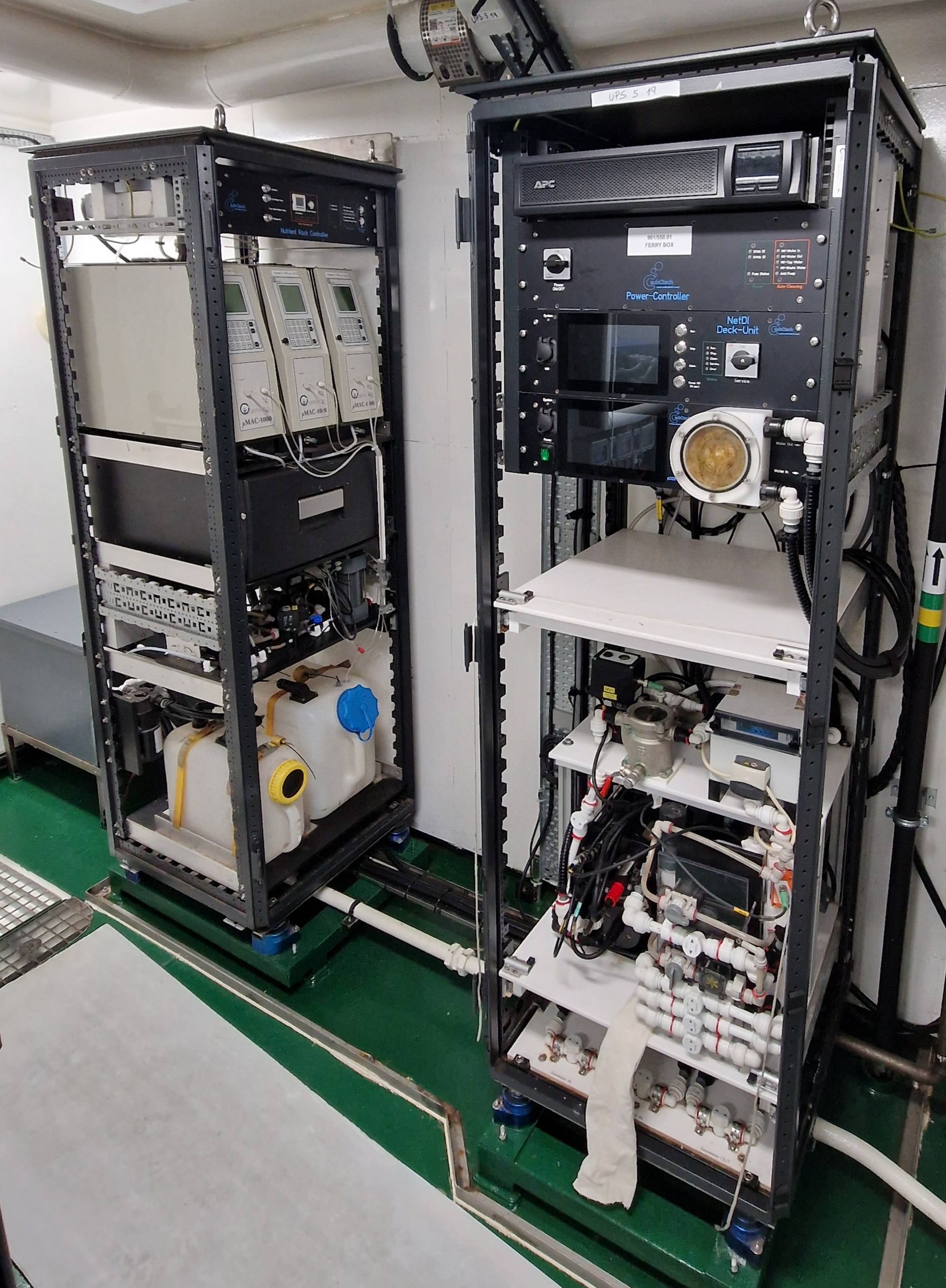
Fig. 7: The Autonomous Underway Measurement System (AUMS) on board of the new RV Belgica.
Ecosystem component:
The goal here is to start collaborative interdisciplinary work between the ICOS atmospheric and ecosystem communities in Belgium. One important step to initiate interdisciplinary collaboration is the implementation of atmospheric measurements of GHG at an ecosystem site. For this purpose we will use a portable Fourier transform infrared spectrometer (FTIR) which is associated to the Collaborative Carbon Column Observing Network (COCCON) that is capable of performing high-quality atmospheric GHG observations. After testing the atmospheric measurement system at a Belgian ecosystem site operated by UAntwerpen, it will be installed at the Congoflux tower site that has become active recently with support from the Belgian federated entities. This site is positioned strategically in Central Africa, and therefore of strong interest for the ICOS, TCCON and related research and end-user communities at the European and worldwide level. The collocated observations of GHG concentrations and flux at an ecosystem site and its valorisation will promote interdisciplinary research. Furthermore, the goal is also to tranmission of knowledge to the younger generation and to Congolese scientists through training of young technicians and a PhD student in ICOS operations.
For further information about the measurement site and details of the instrumentation please visit https://www.ugent.be/bw/gct/en/research/isofys/projects/yps-congoflux, https://www.congo-biogeochem.com/congoflux and https://www.icos-belgium.be/ESCongoFlux.php#CongoFlux
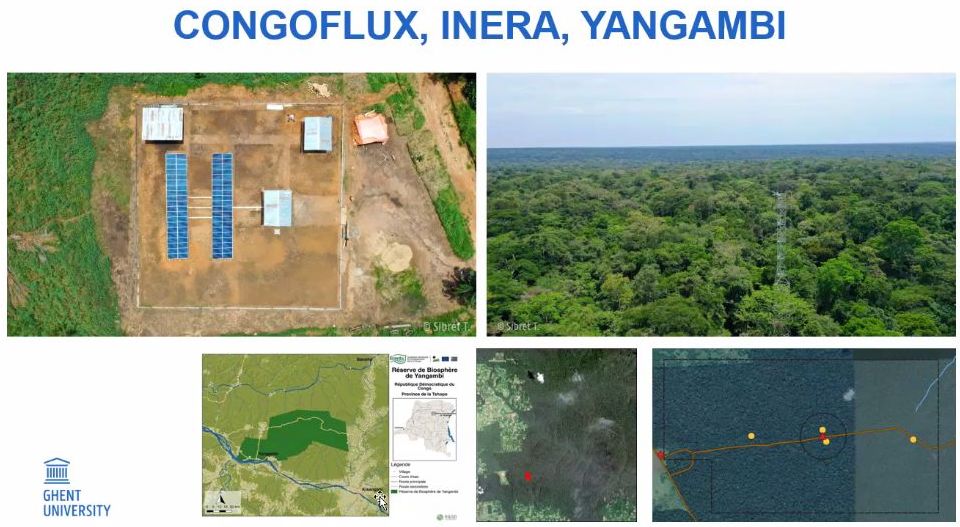
Fig. 8: View of the Congoflux tower site and the solar park in DR Congo.
Interdisciplinary component:
The atmospheric greenhouse gas concentrations are strongly influenced by exchanges between the biosphere (the ecosystems) and the atmosphere as well as between the ocean and the atmosphere. Therefore interdisciplinary work between ecosystem, ocean and atmospheric scientists is required to deepen our understanding of GHG variabilities and long-term trends. An important motivation and added-value for this R&D project is to work towards this and achieve a better interdisciplinary collaboration among the Belgian ICOS partners and across different disciplines. In this regard, the aim is to also look into the perspective of implementing atmospheric GHG measuements onboard the Belgian research vessels and perform collocated oceanic and atmospheric measurements. The interdisciplinary work between the three components will strengthen the Belgian contributions in serving the needs of the RI and make the Belgian investments even better recognized at the European RI level.
Finally dissemination and valorisation of all gathered datasets will be done via the project website, the Carbon Portal, Belgian Marine Data Centre and international datacenters, and communication of project results to the research community and stakeholders.

